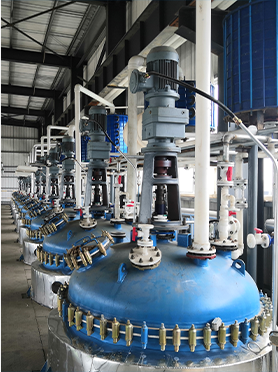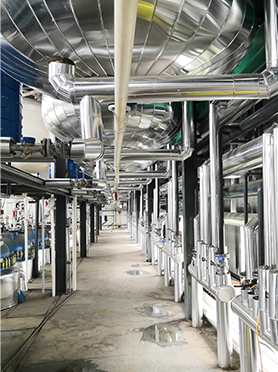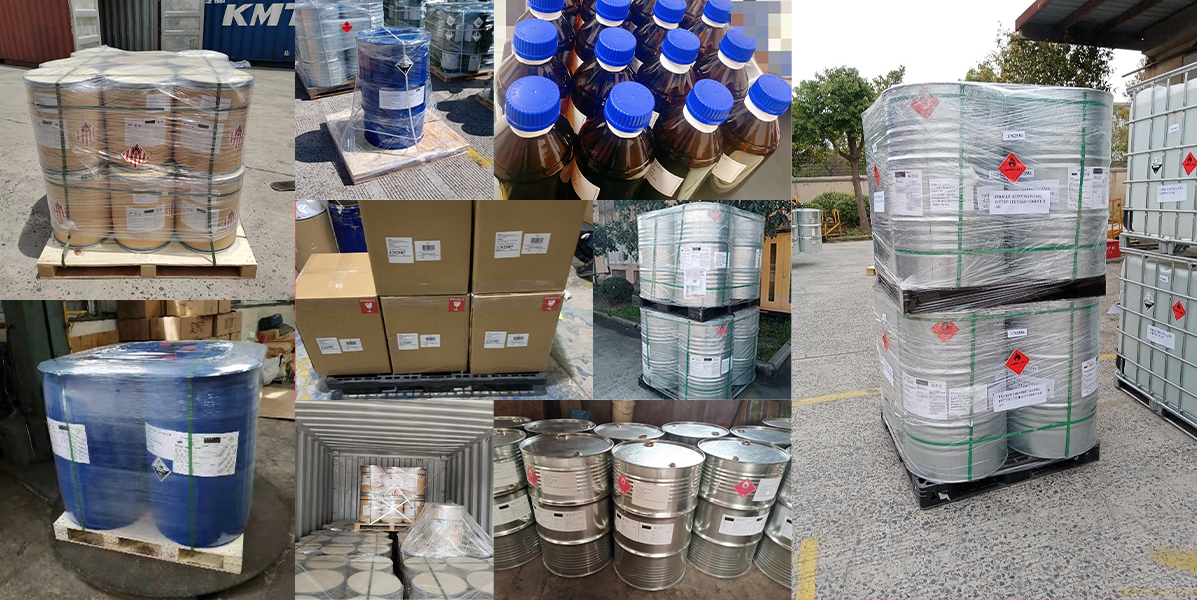The market for antimicrobial agents is vast, with various chemical compounds offering solutions for microbial control. Among these, biguanide-based compounds, specifically Polyhexamethylene Guanidine Hydrochloride (PHMG) and Polyhexamethylene Biguanide Hydrochloride (PHMB), are highly regarded for their efficacy. While both are cationic polymers with broad-spectrum antimicrobial activity, understanding their distinct characteristics is crucial for making an informed choice. As a dedicated manufacturer and supplier of antimicrobial raw materials, including PHMG (CAS 57028-96-3), we aim to clarify these differences to assist our clients.
PHMG and PHMB share a common heritage as biguanide derivatives designed to combat microorganisms. Both compounds exert their antimicrobial action by disrupting the cell membranes of bacteria, fungi, and viruses. They are both known for their broad-spectrum efficacy, rapid action, and lack of significant resistance development in microbes, making them superior alternatives to some older biocides. Furthermore, both are generally considered to be relatively safe for human contact at typical use concentrations, with low toxicity and non-corrosive properties. This makes them suitable for applications ranging from personal care to industrial water treatment. Companies looking to buy these compounds often seek out reliable suppliers who can guarantee consistent quality.
The primary structural difference lies in their polymer backbone and the specific functional groups present. PHMG is often described as a guanidine polymer, while PHMB features a biguanide linkage. This structural variation can lead to subtle differences in their physiochemical properties, efficacy spectrum, and potential applications. For instance, while both are effective against a wide range of microbes, one might exhibit superior performance against specific strains or in certain environmental conditions. Detailed comparative studies are essential for pinpointing these nuances, particularly when considering specialized applications.
In terms of applications, there is considerable overlap. Both PHMG and PHMB are widely used in disinfectants, sanitizers, water treatment chemicals, preservatives for cosmetics and household products, and in the textile industry for antimicrobial finishes. PHMB, for example, is very well-known in its use in contact lens solutions and swimming pool sanitizers. PHMG, on the other hand, is increasingly recognized for its use in medical devices, industrial cooling systems, and as an agricultural biocide. When evaluating the price and selecting a product, the specific requirements of the end-use application become paramount. A knowledgeable manufacturer in China can often provide guidance on which compound might be more suitable.
Safety and environmental considerations are also important. While both are generally regarded as safe, regulatory approvals and permissible usage concentrations can differ depending on the region and specific application. For example, inhalation toxicity has been a point of concern for some biguanide compounds under certain exposure conditions, highlighting the importance of understanding the intended use and exposure scenarios. Always refer to the Safety Data Sheet (SDS) provided by the supplier and adhere to recommended handling procedures. The availability of documentation and clear communication regarding product safety from the manufacturer is a critical factor in the procurement process.
Choosing between PHMG and PHMB ultimately depends on a thorough evaluation of application-specific needs, including the target microorganisms, desired level of efficacy, compatibility with other formulation ingredients, regulatory requirements, and cost-effectiveness. While both are excellent biguanide antimicrobials, subtle differences may make one a better fit than the other for a particular purpose. We, as a supplier of high-quality PHMG, are ready to assist you in understanding its specific advantages and how it can meet your antimicrobial needs. Contact us for a quote and to discuss your project requirements.
Manufacturing Facilities






Professional Export Experience
to Global Customers

1. 20 years of R&D, manufacturing and sales experience, serving customers in 60 countries and regions around the world;
2. Own R&D laboratory, pilot platform and large-scale production workshop, which can meet the audit requirements of global customers;
3. We can satisfy customers' perfect transition from small scale lab requirements (gram level) to commercialization requirements (hundred tons level).
A: We don't have Minimum Order Quantity, exact quantity should be provided before quotation for us to calculate the exact cost.
A: We don't provide free samples due to lots of request and expensive international courier's cost, we can deduct the sample charge after commercial order placed.
A: Our payment terms: Small or sample order: T/T IN ADVANCE. Commercial order: First order should be by T/T IN ADVANCE or L/C at sight, and following orders T/T 30~90days is acceptable subject to approval of credit application.